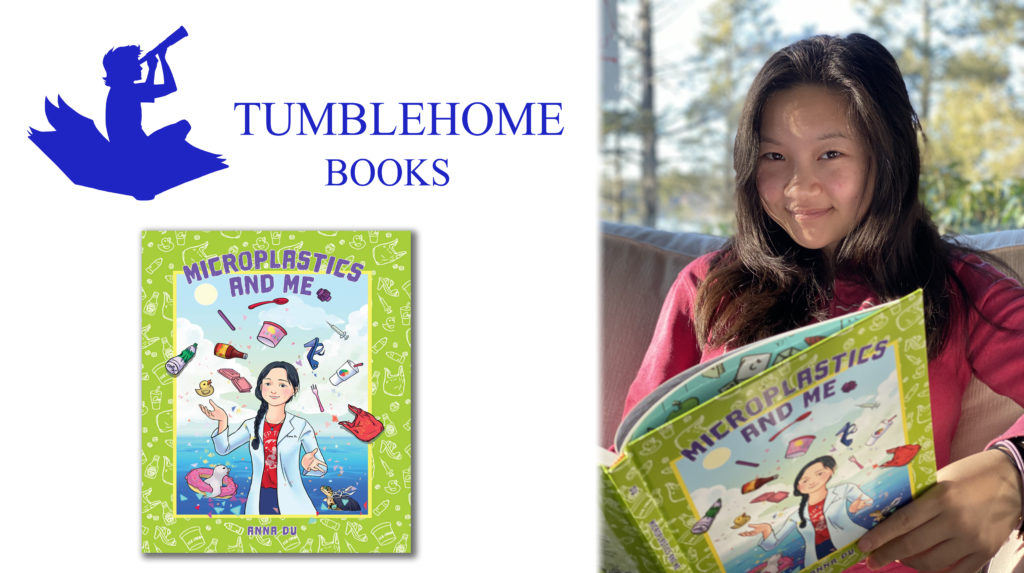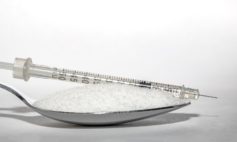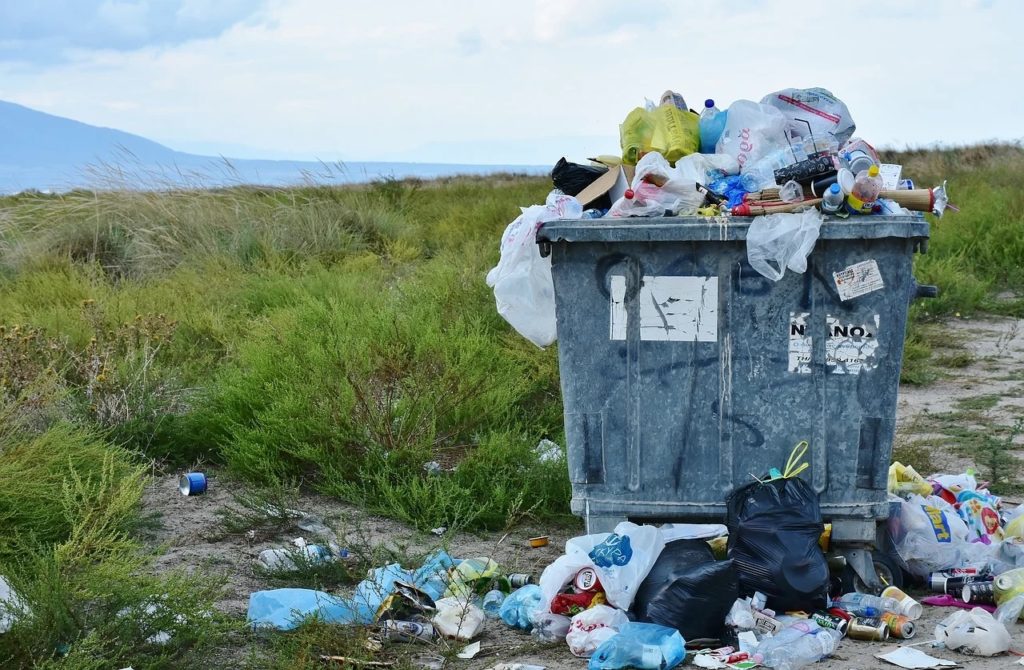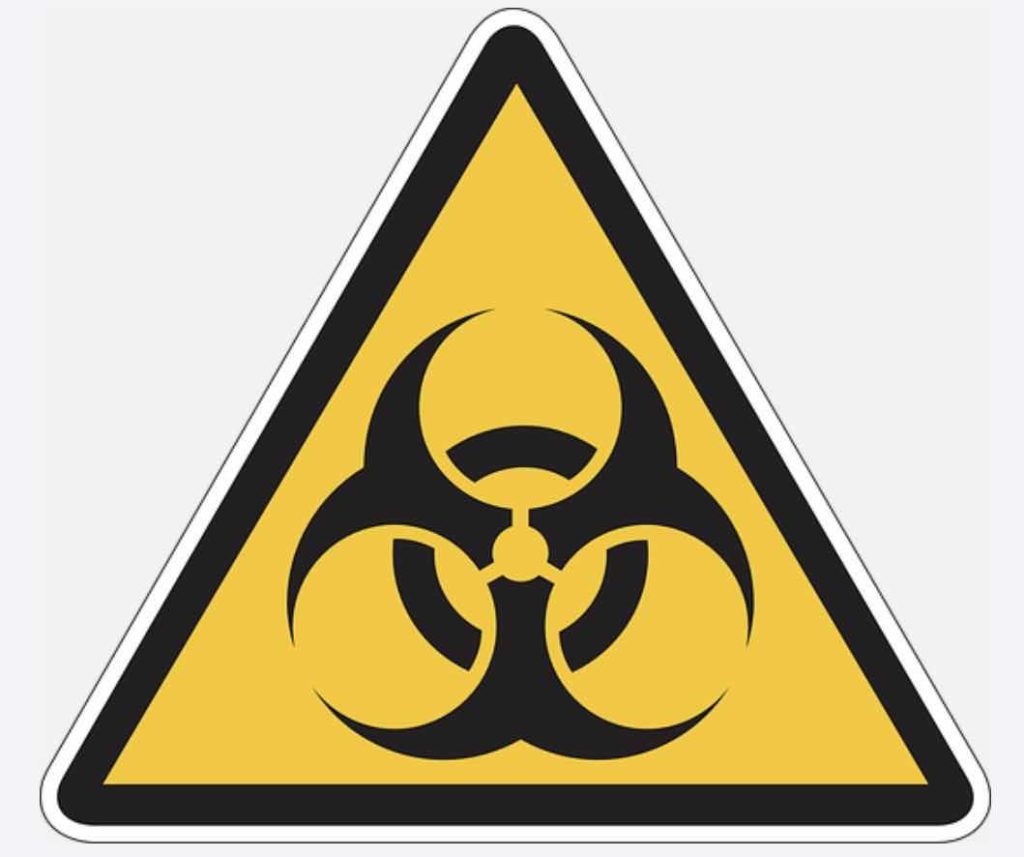
[This blog, written by author Anna Du, was originally posted on the Deep Plastics Initiative website, www.deepplastics.org]
I have a five years old German Shepherd, who I love very much. When an article recently came out regarding the death of the first dog that was tested positive for COVID-19, I immediately thought about my dog. I was so worried – should I give him a mask in the future?
We know that COVID-19 is a pandemic that has brought the human world to its knees, but aside from bats and pangolins in China, we don’t often hear too much about the virus’ effect on the animal world, and the environment as a whole.
While many predict the overall economy will face a downturn for years to come, this may or may not be the case. However, we are seeing early indicators that this may be true, with many companies and even countries already reporting double digit declines in revenues in Q2 2020, and an expectation that global production of goods will decline in coming years due to lower demand. This is due to the fact that people simply aren’t going out as much as before. It is thought that will mean with fewer stores open people won’t be going out to eat, and will be purchasing fewer goods.
For many environmentalists, this would be thought of as a great thing, due to lower amount of plastics produced leading to a decrease in potential for dangerous factory byproducts. Not to mention the products themselves, many of which contain plastics, would be produced in lower quantities. But it turns out things may not be so simple.
There are companies like Amazon already have made nearly $75B in revenues in the first quarter, largely as a result of pandemic buying. Sales have surged at both Walmart and Home Depot, which are both deemed essential businesses and have stayed open throughout the pandemic. Not to mention, restaurants that have remained in business have done so by adopting hybrid strategies like offering delivery, take-out and partly-open facilities. This has resulted in an increase in plastic-ware, containers and bags being used in the take-home food service industry.
And that’s not the only concern. The fact that many stores have suspended their “BYOB – Bring your own bag” policies in favor of paper or plastic bags, and coffee shops like Starbucks have dropped their coffee mug refill programs (instead requiring people to get new disposable cups each time) has meant that there has still been significant use and disposal of single-use plastics, and early estimates have shown this has even in some cases, increased.
And then there is the already-highly-alarming medical waste industry which is going through a silent transformation – now, medical wastes are being created at a rate much faster than before.
There are more than 5.9 million tons of medical waste every year in the US alone. Some of this waste is considered infectious and potentially hazardous, but is considered treatable (by various destructive means including incineration, which produces carbon emissions) but a large percentage of it is not regulated at all. In fact, approximately 75 to 90% of all trash [1] are unregulated. That’s roughly 4.4 to 5.3 million tons of waste that aren’t accounted for. However, while the COVID-19 pandemic has brought in a new influx of medical waste, it is hardly the first time that the effects have been shown in the environment.
In the 80’s, many syringes and vials of blood would wash up on beaches around the East Coast. Those medical wastes tested positive for diseases including but not limited to AIDS, and hepatitis B [2]. The New Jersey officials blamed the improper waste disposal methods for what was known as the ‘syringe tide’. The medical waste in those areas were so widespread, that in 1988, the Medical Waste Tracking Act was passed, which defined the types of medical wastes that would be regulated and disposed of carefully, and established a tracking system of potential trash, and a set of penalties for mismanagement. [3]
Though this is not the first time a pandemic has run its course through the world, creating its fair share of medical waste, it is the first time when the world has already been facing many environmental issues with regards to pollution. And although the percentage of people who have contracted this disease may be similar to pandemics in the past, the population has grown to be much higher than before. Now that single-use plastics being utilized in many medical applications has become mainstream, there is no doubt that a large amount of medical waste has become microplastics already, and given the fact that such a large percentage of medical waste is unregulated, it also means that medical waste is without a doubt, constantly being converted to microplastics all the time.
COVID-19 has seen a large increase in medical waste this year, with large-scale production of ventilators, tubes, syringes, personal protective equipment and other medical gear needed to combat Covid. Already, hospitals are generating six times as much waste as in previous years [4]. Medical waste treatment facilities in dozens of cities in China are running at full load. During the peak, Wuhan produced more than 240 tonnes of medical waste daily, compared with the 40 tonnes before [5].
 The influx in waste hasn’t just been in hospital environments either. Recently, Florida lifted their restrictions on travel due to COVID-19. In just one weekend, 13,000 pounds of trash were deposited on their beaches. Cleanup crews during that weekend have described collecting hundreds of bags of trash, with each individual bag weighing roughly 40 pounds [6]. Now, imagine this happening to beaches all around the world.
The influx in waste hasn’t just been in hospital environments either. Recently, Florida lifted their restrictions on travel due to COVID-19. In just one weekend, 13,000 pounds of trash were deposited on their beaches. Cleanup crews during that weekend have described collecting hundreds of bags of trash, with each individual bag weighing roughly 40 pounds [6]. Now, imagine this happening to beaches all around the world.
This all means that rather than the amount of plastic trash and pollution produced during the pandemic decreasing, we might just possibly see an increase. Plastic and microplastic pollution accounts for a huge amount of marine pollution – well over 8 million metric tons per year.
This is a double-whammy to the environment as it means that not only are the plastics potentially infectious or toxic in the early stages of breaking down, but as microplastics, they are also considerably more toxic than macroplastics as they continue to become smaller and smaller particles, with increasing cumulative surface areas (potential binding surfaces for toxins) over time. And a world where there is more medical waste, means more plastic in the land and marine ecosystems that will surely come back to haunt humans in the near future. A large majority of non-medical plastic waste already has, and this is evidenced by the garbage patches found in all the major gyres around the world – most notably, the Great Pacific Garbage Patch.
But what about the trash we see all around us? Have you been to a parking lot at a major store since in recent months? Like most places where there are too many people to track and be held accountable for littering, people are rarely careful about their PPE waste. While people may intend to properly dispose of their trash, they seem to often miss or the wind carries the trash away.


As time goes on, it is becoming clear that there are masks everywhere, some discarded days ago and some only a few minutes ago. But how can you tell which ones might be alright to pick up and discard safely? How do we know that this trash contagion isn’t entering our ecosystem through pigeons, mice and other pests that surround us? After all, we know now that bats, pangolins and even dogs are efficient carriers and infection sources of the coronavirus. Why not your friendly neighborhood squirrel? And, if we as a human society barely have enough flu viruses to go around to insured patients in the US alone, how can we vaccinate a global population of animals? Once this virus enters the local animal worlds in different communities around the world, it becomes just like the bubonic plague – only it is much harder to eradicate and likely will be here to stay in large numbers.
During these times, new needs have arisen, and materials such as gloves and masks have become indispensible. Since masks are now required in most places and despite government pressure to use cloth masks, there are still a very large number of disposable masks out there, made out of plastics such as polystyrene, which is notoriously difficult to recycle. Masks are the single barrier between a person’s face and the world. It may not be an efficient enough barrier to prevent all virus particles from potentially entering a person’s mucous membranes, but it’s certainly going to block a lot of them. Inversely, the mask (some of which could be made with layers of manufactured or shredded recycled forms of plastic) is also going to trap viral particles – in very large numbers – from infected people. This means that used masks and other medical equipment such as gloves are hotbeds of virus particles. And, according to recent data published on Harvard’s Health site, coronavirus particles can live for 4 hours on copper, 24 hours on cardboard, and up to 2 to 3 days on plastic and stainless steel surfaces. Given the large ratio of the population that has tested positive for antibodies in recent weeks, that means that a large amount of virus particles are potentially sitting on a double digit percentage of every mask you see floating by or on the ground. It means that this trash is potentially hazardous and is, in effect, infectious medical waste.
Currently, the government does not have a policy put in place to regulate the proper disposal of masks and gloves. We need to do our best, as individuals, to contribute to a solution for this problem. We have to rely on ourselves to throw PPE away at home, in a way which is as secure as possible to prevent it from being blown away and contaminating the environment.
 This new form of medical waste is becoming pervasive throughout our society and as a society we are not being careful enough to prevent this contamination from potentially spreading throughout the non-human world in new host communities around the world.
This new form of medical waste is becoming pervasive throughout our society and as a society we are not being careful enough to prevent this contamination from potentially spreading throughout the non-human world in new host communities around the world.
While there may be a significant amount of recoverable plastics in medical waste of all kinds, it is without a doubt ending up not just in our parking lots, but also our oceans. At all stages, these largely-plastic pieces of trash not just harming our environment, but also pose as a major health hazard.
More than that, it points to a problem that we all face, and that is that plastic trash, particularly medical waste, is potentially dangerous to humans and the environment as a whole, at all stages of its life cycle as a piece of trash, and its ultimate breakdown process. While scientists can’t necessarily agree [7][8] on how long it takes different types of plastics to break down, we do have evidence that some microplastics have been in the environment for decades, and many of them gain density and sink down throughout the water column [9], and whether through biofouling or binding with metals, toxins or other chemicals in the ocean [10], a large number of them find their final resting place on the ocean floor. It has been demonstrated that the older and smaller these microplastics become, the more toxic they are for everyone. So it is critical that we work to stop plastic pollution at its source, protecting our land animals and our ocean ecosystems from both the chance of uncontrollable animal epidemics and the mulit-faceted issues of plastic/microplastic toxicity at the very base of our food supply.
We need to nip this problem in the bud now before, like COVID-19, plastic pollution becomes a global human health catastrophe of its own. [11]
How can you do something to stop the spread of infections through trash? Ensure that is doesn’t immediately escape into the environment! Tell your local shopping places to buy trash containers with self-closing, tight lids. Encourage all you know that are sick to seal their trash well in known-biodegradable trash bags, very well, and ensure that all COVID-19 trash is double bagged, even in paper bags first and then trash bags. Try not to use single-use plastics, and if possible, make a washable multi-layered and tight cloth mask for yourself instead of a loose-fitting disposable mask. And generally speaking, always, try to sort and recycle your plastics responsibly!
References:
- 1 https://www.biomedicalwastesolutions.com/medical-waste-disposal/#:~:text=Regulated%20VS%20Unregulated&text=Approximately%2075%25%20to%2090%25%20of,is%20categorized%20as%20non%2Dinfectious.
- 2 https://www.nj.com/news/2018/08/more_syringes_are_showing_up_on_jersey_beaches_her.html
- 3 https://archive.epa.gov/epawaste/nonhaz/industrial/medical/web/html/tracking.html
- 4 https://www.theverge.com/2020/3/26/21194647/the-covid-19-pandemic-is-generating-tons-of-medical-waste
- 5 https://www.scmp.com/news/china/society/article/3074722/coronavirus-leaves-china-mountains-medical-waste
- 6 https://www.ecowatch.com/florida-beaches-trash-cleanup-2645978893.html?rebelltitem=2#rebelltitem2
- 7 https://www.weforum.org/agenda/2018/11/chart-of-the-day-this-is-how-long-everyday-plastic-items-last-in-the-ocean/
- 8 https://www.sciencedaily.com/releases/2020/06/200615140829.htm
- 9 https://www.mbari.org/microplastics-water-column/
- 10 https://www.mbari.org/wp-content/uploads/2018/10/Aging-of-microplastics-.pdf
- 11 https://www.sciencedirect.com/science/article/abs/pii/S00431354203018091








